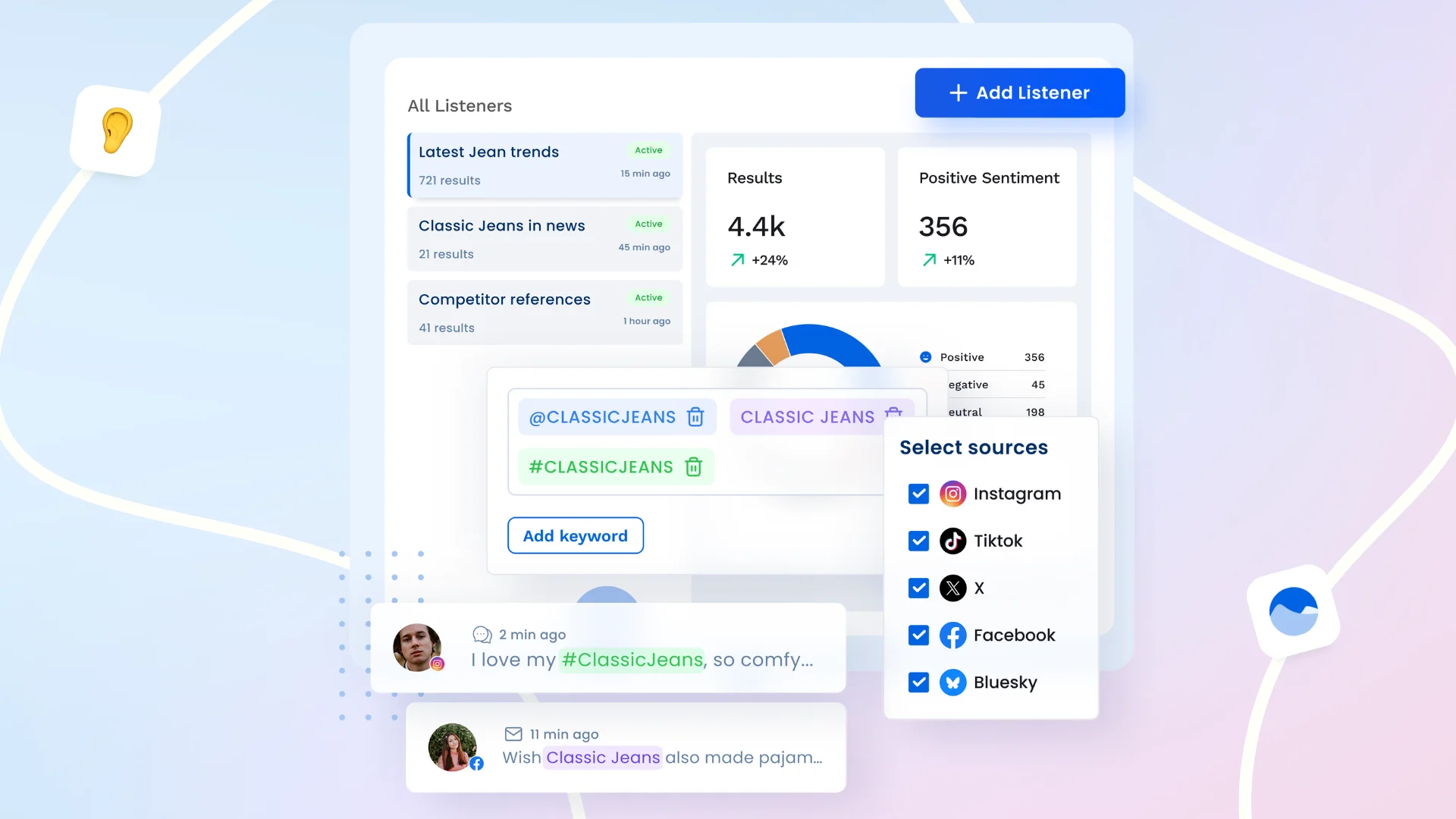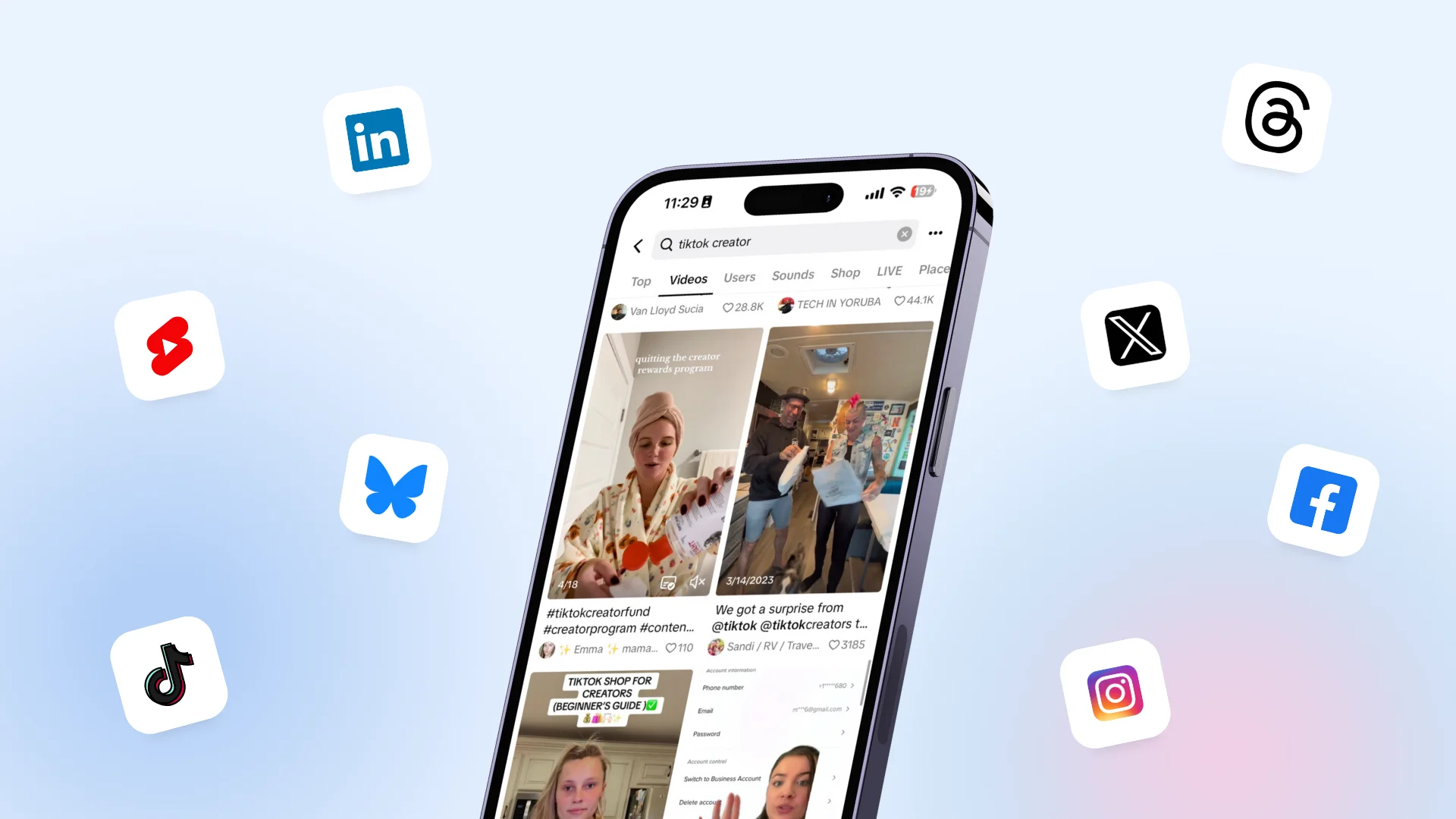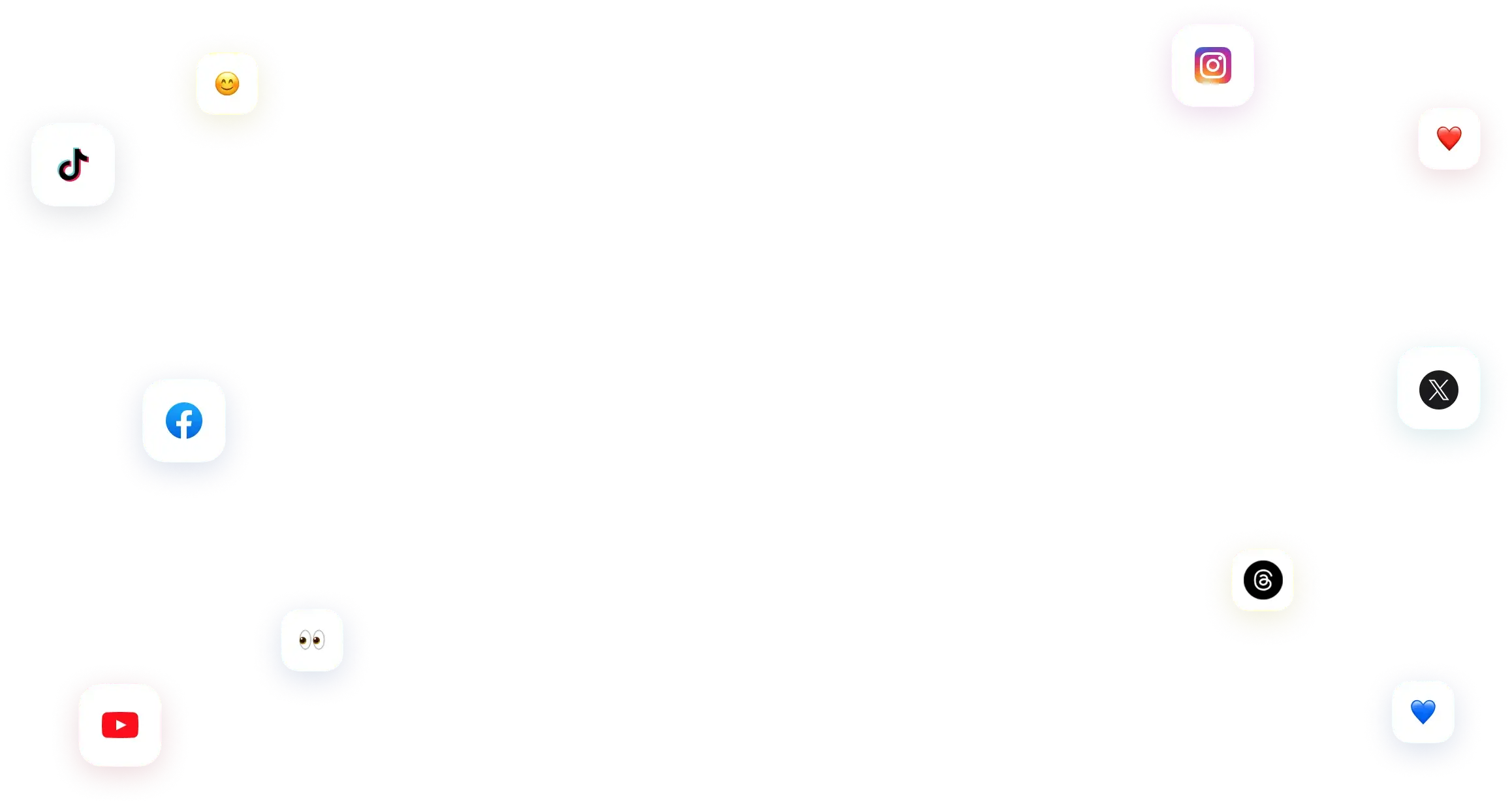New

Social Listening Made Simple: How to Use It for Brand Growth
Learn why social listening is no longer just for big brands and how Vista Social makes it affordable for creators, agencies, and small businesses.

How Something Social Saved 75% of Their Time and Increased Revenue by 15%
See how a fast-growing agency improved operations, cut down hours of manual work, and unlocked new revenue opportunities with Vista Social.
New

50 Unique Social Media Ideas for Consistent Content Creation
Discover 50 unique social media post ideas to engage your audience, grow your brand, and maintain a consistent content strategy with ease!
The Content Creation Economy is a Big Part of Social Media’s Strategy | So what does this Imply for Businesses?
Updated on December 6, 2022
4 min to read
Content Writer
Published May 20, 2022


Content
Share

The creative economy seems like it is taking over the world. Venture capitalists are investing in setups founded by creators. The likes of TikTok, Snapchat, and Youtube have all introduced their respective sorts of “creator funding sources” to recruit the best and brightest minds on the internet.
BuzzFeed hosted a newly founded Creator program, and Instagram aims to get a piece of the pie. There was over a billion surge in financing for the creator business in the 1st quarter of 2021. In a nutshell, creators seem to be in high demand, and corporations are not surprised.
To collaborate with content creators, marketers must first understand the creator economics’s workings. From identifying the ideal partners to which social media networks are spending on content producers, marketers need an overall understanding of content creators.
Table of contents
Who are the People Responsible for the Creation of Contents?
Anyone that makes, manufactures, or creates a product, service, or piece of material is considered a “creator.” Short and Long movies, bulletins, and trendy dance routines are just some content developers make. These individuals keep up with current social trends and establish themselves as well-known internet users.
In addition, creators are well-known for initiating major societal debates. There is a lot of interaction on Twitter because of the creators’ work. When it comes to a brand’s identity, representation, and viewpoint, creators are in the best condition to bring it to life. They may encourage talks that might normally go unnoticed.
You have probably come across that top influential and prominent producer on social media before. In addition to her TikTok stardom, Charli D’Amelio has endorsement partnerships with Morphe and Hulu.

The creative business is also attracting writers and ex-journalists. Moving to a Patreon-like platform gives some writers more freedom to write what they’re passionate about and more motivation in the workplace. For example, with the help of Substack and a background as a lawyer turned baseball writer, Craig Calcaterra has launched his baseball-centric bulletin.
Naturally, we can not discuss the creator business without racial inequities. For example, Jalaiah Harmon, a renowned choreographer, developed one of D’Amelio’s most popular TikTok’s but was never officially honored for her efforts.
During her appearance on Jimmy Fallon’s show, prominent TikTok star Addison Rae was a significant subject of scrutiny for profiting off the efforts of Black creators like Jalaiah Harmon.

Despite Fallon allowing the initial choreographers to appear on his program, Black creators find it difficult to earn the attention and prominence of their works and efforts.
How Social Media Platforms Affect the Business of Creators
Social media sites and their creators have not always been mutually beneficial. On the other side, social media provided a platform for creators to expand their fan base and share their work with a broader audience. Besides that, creators have often complained about how little money they get from such sites.
The historical absence of continuous pay for creators has been further emphasized by the rise of platforms sympathetic to creators like Twitch, Substack, and Patreon. For instance, with Substack, creators can keep up to 80 percent of the overall revenue. However, producers expressed displeasure about sponsoring their material on the video-sharing platform TikTok.
Since then, social media sites have set up funds to compensate for the highest level of service to increase competition and motivate creators to keep making content.
Try Vista Social for Free
A social media management platform that actually helps you grow with easy-to-use content planning, scheduling, engagement and analytics tools.
Get Started NowFor example, as of November 2020, Snapchat has been paying out one million dollars per day to its best creators, with a total of one hundred million dollars put aside by YouTube for their elite creators.
Facebook and other social media platforms are also exploring ways to link creators with companies for potential partnerships via projects and strategies such as:
Utilizing Facebook’s Brand Collab Manager
Facebook Brand Collabs Manager enhances the connection between brands and content creators. For instance, you can view and compare a creator’s percentage audience with yours. You can also find a creator with a similar audience as yours.
As a result, it is easier than ever for companies to find and work with the best content producers on Instagram and Facebook.
Connecting brands to YouTube using BrandConnect
The BrandConnect enables companies to collaborate with creatives while equipping them with the resources and analytics they require to gauge the success of their partnerships.
Using Twitter Art House
Twitter Art House assists creators in generating Twitter content that appeals to their target market. Brands may also benefit from Twitter Art House’s guidance on standard practices, such as exploring collaborative Tweet formats like Threads and Forums, writing snappy Tweet text, and perfecting beautiful brand awareness.
Finally, social media platforms continuously invent new functions and technologies beyond revenue and commercial relationships to assist content producers better. Numerous social media platforms are investing in the future of the creator business, as seen by features like Super Follow used by Twitter and Creator’s mode used by LinkedIn, both of which are currently in development.
How Content Producers and Companies can Cooperate
Brands may collaborate with creators in various ways to further their commercial objectives. Working very closely with creators that have an idea of what is hot online and have devoted fan networks is a way businesses may accomplish these aims.
In the online business market, creators may also support companies to get an advantage by assisting firms to use social media channels to convince customers to make a purchase. Of the Millennial generation, 53% believe they would purchase from businesses that generate social media material that is socially important.
To reach their target audience in a way that does not seem imposed or out of context, businesses should work with content producers to develop strategic partnerships.
As a result, content creators have a wealth of social commerce expertise and can aid businesses to improve (or perhaps restart) their social commerce efforts.
Vista Social helps you stay on top of your digital marketing by providing data-driven insights about current trends, so you don’t get left behind.
So if you’re looking for an agency partner who knows today’s best practices for SEO, PPC campaigns, or social media management, look no further than us.
About the Author
Content Writer
Never Miss a Trend
Our newsletter is packed with the hottest posts and latest news in social media.

You have many things to do.
Let us help you with social media.
Use our free plan to build momentum for your social media presence.
Or skip ahead and try our paid plan to scale your social media efforts.
P.S. It will be a piece of cake 🍰 with Vista Social
Subscribe to our Newsletter!
to stay updated on the latest and greatest Social Media news
We promise not to spam you!


